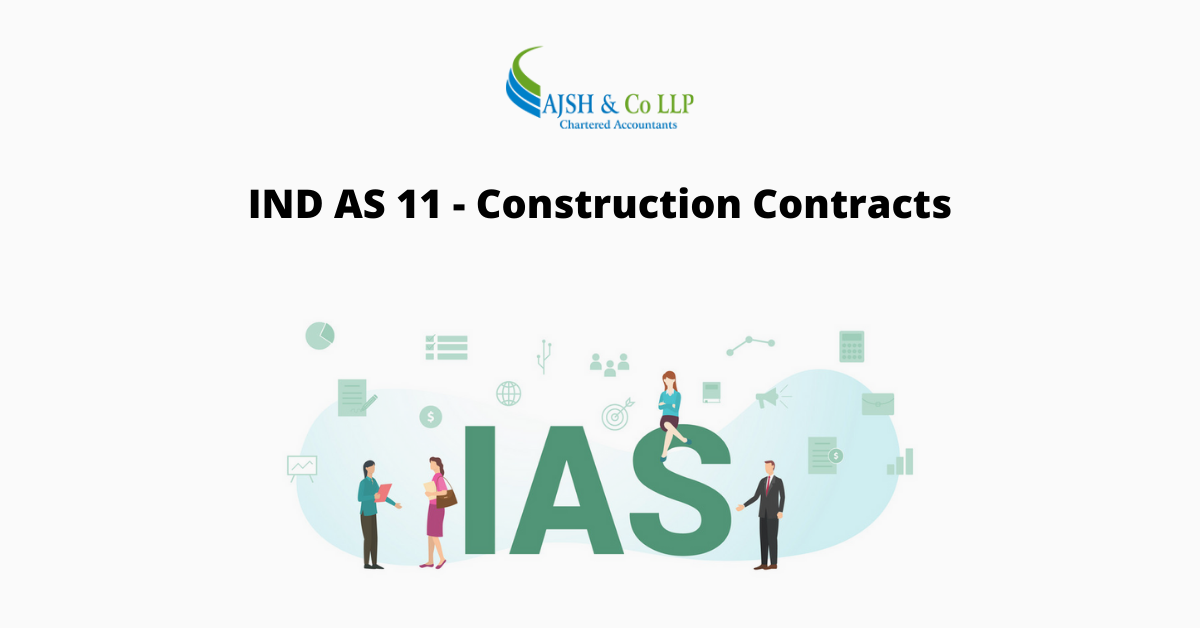
The objective of this standard affects the accounting treatment of revenue and costs related to construction contracts. Because of the nature of the affair undertaken in construction contracts, the date at which the contracting activity is entered into and when the activity is completed usually fall into different accounting periods. Therefore, the main issue in accounting for construction contracts is allocating contract revenue and contract costs to the accounting periods in which construction work is carried out. This standard uses the recognition criteria set in the framework for preparing and presenting financial statements provided by the Institute of Chartered Accountants of India to regulate when contract revenue and contract costs should be recognized as income and expenses in the statement of profit and loss. Moreover, it provides practical guidance on the application of these criteria.
Scope
This standard should be applied while accounting for construction contracts. Therefore, contractors’ financial statements, including the financial statements of real estate developers, are usually aligned to this standard.
The following expressions are used in this standard with the definitions stated:
What is involved in contract revenue and costs?
Contract revenue should involve:
Contract costs should include:
What should an entity reveal with respect to a contract?
The entity must reveal:
In case of contracts in progress at the end of the reporting period, an entity must reveal the aggregate amount of costs incurred and recognized profits or losses, the advances gained so far and the number of retentions (if any).
Difference between AS 7 and IND AS 11
| AS 7 | IND AS 11 |
| Contract revenue is measured at consideration received or receivable (without considering the fair value) | Contract revenue is calculated at the fair value of the consideration obtained or receivable. |
| As per AS 7, costs attributed to “contract activity in general” and allocated to specific contracts are considered contract costs. Such costs include borrowing costs as per AS 16. | IND AS 11 does not include borrowing costs as a part of contract costs. |
| It does not deal with accounting for service concession arrangements. | Appendix A of IND AS 11 deals with the accounting aspect of such arrangements. Appendix B of IND AS 11 deals with disclosures of such arrangements. |
What does the appendix to the accounting standard include?
Infrastructure like roadways, tunnels, flyovers, health centres and jails are funded through the public budget by the public sector. However, off late, the government encourages private companies to undertake the task by constructing, operating and maintaining the same. This arrangement is cited as the service concession arrangement. Under this arrangement, a grantor and an operator agree to a public asset’s construction, operation, and maintenance. Appendix A sets out general principles on recognizing and measuring the obligations and related rights in these service concession arrangements. Requirements for disclosing service concession arrangements are in Appendix B of this Indian Accounting Standard. Here:
At AJSH, we assist our clients in bookkeeping, payroll, auditing, taxation, secretarial compliances and preparation of financial statements ensuring compliances with applicable standards. If you have any questions or wish to know more about IND AS 11, kindly contact us.